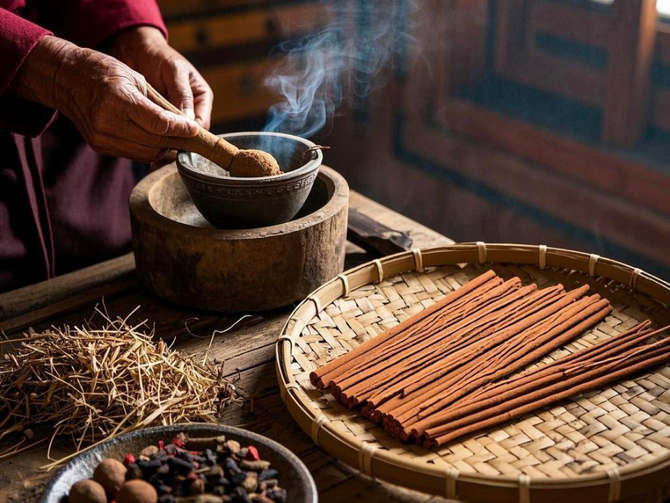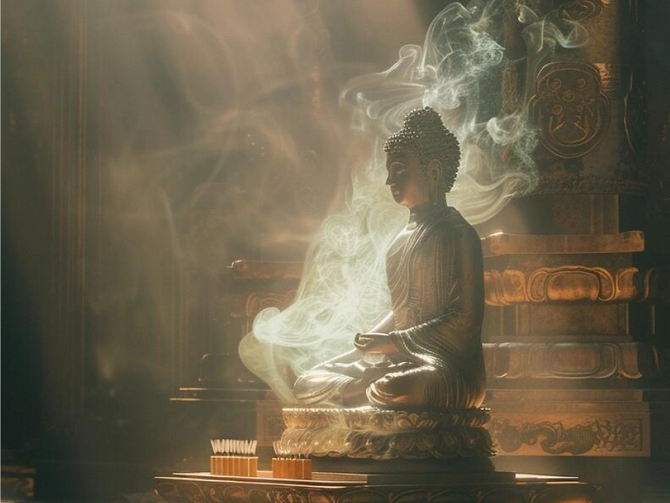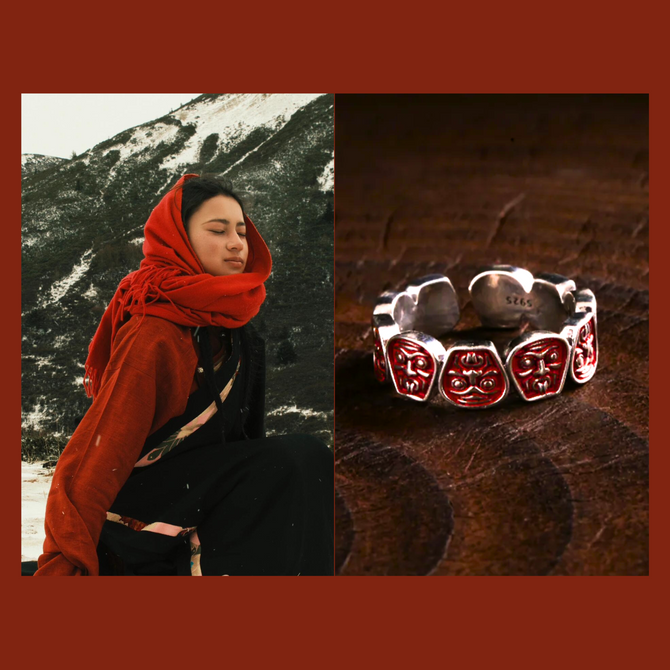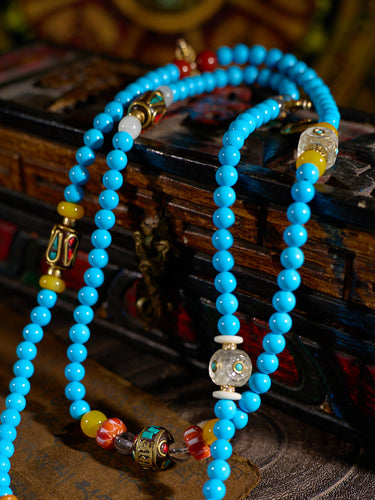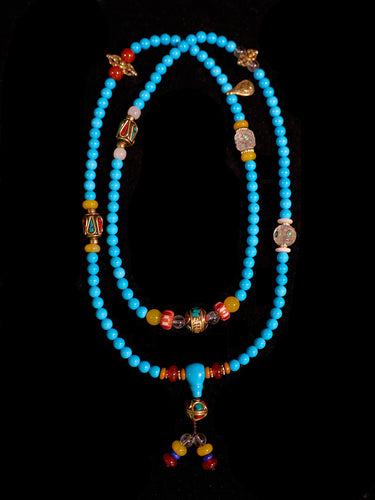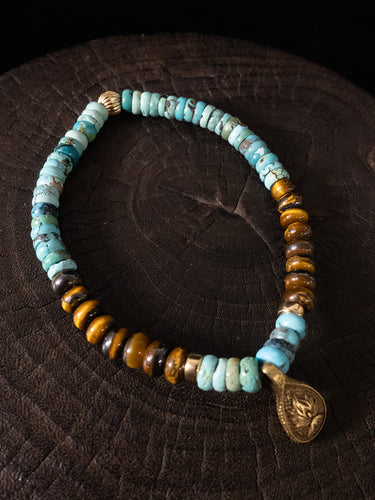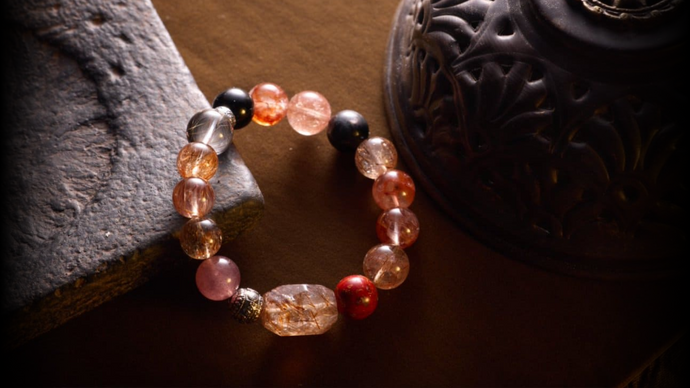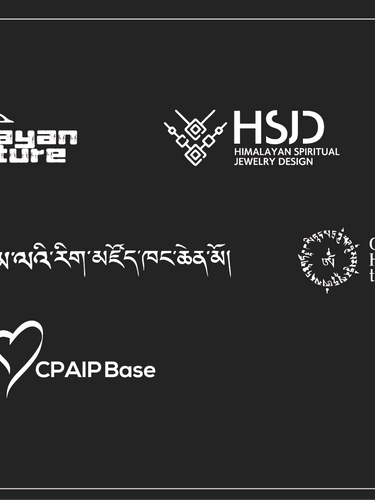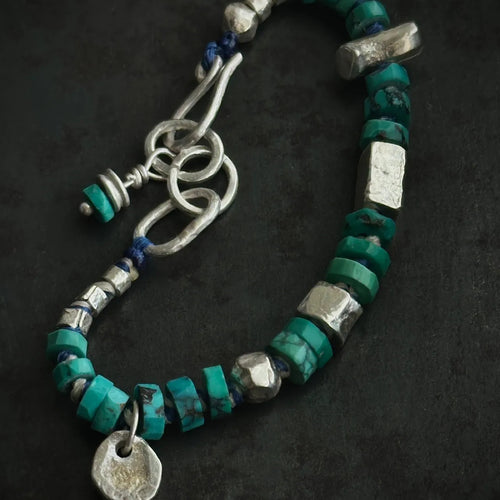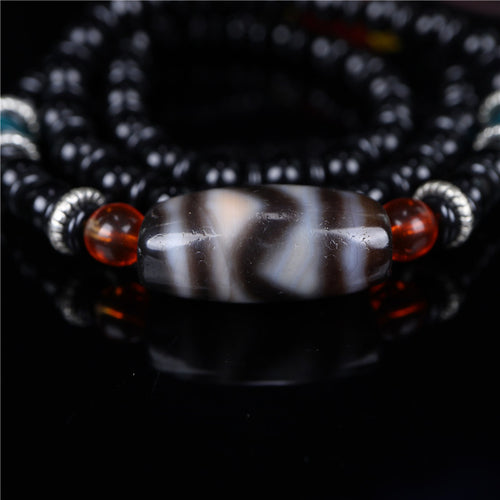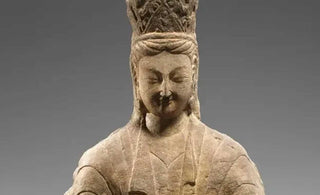
In the vast tapestry of classical oriental art, where the threads of craftsmanship intertwine with the spiritual fabric of ancient cultures, the Northern Wei Stone Buddha Statues emerge as timeless masterpieces. Within the walls of Oriental Aesthetics, a beacon of professional services catering to artists and enthusiasts alike, lies a profound commitment to unraveling the intricate narrative woven into these ethereal sculptures. These statues, rooted in the spiritual legacy of a bygone era, transcend the boundaries of time and culture, inviting us to delve into the depths of their meaning and significance.
The Silent Guardians
Amidst the annals of the Northern Wei dynasty, spanning the years from 386 to 534 AD, a renaissance of artistic expression unfolded. At the heart of this flourishing era, the creation of stone Buddha statues emerged as a profound manifestation of devotion and artistic prowess. The Northern Wei Stone Buddha Statues, scattered across the landscape of ancient China, stand as silent guardians of a rich cultural and spiritual heritage.
Each statue, meticulously carved from stone, serves as a testament to the unparalleled craftsmanship and spiritual dedication of its creators. The artisans of the Northern Wei dynasty, deeply attuned to the tenets of Buddhism, infused these sculptures with a sense of divinity that resonates through the ages. The stone Buddhas, with their serene countenances and graceful postures, embody the essence of enlightenment and stand as timeless witnesses to the spiritual journey of those who gaze upon them.
The Stone Buddha Statues from the Northern Wei Era: A Harmonious Blend of Form and Function
The stone Buddha statues originating from the Northern Wei era stand as remarkable expressions of artistic and religious achievements. This period, spanning from 386 to 534 AD, witnessed the creation of stone sculptures that seamlessly integrated form and function. The artisans of the Northern Wei dynasty achieved a harmonious balance between aesthetic beauty and the intended purpose of these statues.
In terms of form, the Northern Wei stone Buddha statues display a high level of craftsmanship and attention to detail. The sculptors skillfully carved intricate features, capturing the serene expressions and graceful postures of the Buddha. The use of stone as the medium allowed for a lasting and durable representation, ensuring the preservation of these masterpieces for centuries. The statues exhibit a remarkable sense of proportion, with meticulously chiseled facial features and flowing robes that contribute to a sense of divine tranquility.
Beyond their aesthetic appeal, these statues also serve practical functions within the context of Buddhist worship. Placed in temples and monastic settings, the statues provide focal points for devotional practices. Pilgrims and worshippers engage with these stone representations as tangible conduits to the divine, fostering a sense of connection with the spiritual realm. The statues, through their physical presence, facilitate a meditative environment, inviting contemplation and introspection.
The symbolism embedded in the stone Buddha statues from the Northern Wei era adds another layer of depth to their significance. Each element of the sculpture carries a profound meaning, contributing to the overall narrative of Buddhist teachings. The hand gestures, known as mudras, convey specific messages, such as enlightenment, compassion, or fearlessness. The choice of particular iconographic elements, such as the lotus flower or the Dharma wheel, further enriches symbolism, emphasizing themes of purity and the eternal cycle of life.
The stone Buddha statues also reflect the cultural and religious context of the Northern Wei dynasty. The patronage of Buddhism by the ruling elite influenced the stylistic choices and themes depicted in these sculptures. The integration of indigenous artistic traditions with Buddhist iconography resulted in a unique synthesis that reflects the dynamic cultural landscape of time.
The stone Buddha statues from the Northern Wei era represent a harmonious blend of form and function. The meticulous craftsmanship and attention to detail contribute to their aesthetic appeal, while their placement in religious settings serves practical purposes in the context of worship. The symbolism and iconography embedded in these statues deepen their significance, offering profound insights into Buddhist philosophy and the cultural milieu of the Northern Wei dynasty. These stone masterpieces stand as enduring testaments to the artistic and spiritual achievements of this remarkable period in history.
Symbolism and Iconography
The stone Buddha statues from the Northern Wei era are rich repositories of symbolism and iconography, offering a visual language that communicates profound spiritual messages. Each element of these sculptures carries symbolic significance, contributing to the broader narrative of Buddhist teachings and reflecting the cultural context of the time.
One of the key aspects of the symbolism in these statues is the depiction of the Buddha's mudras, or hand gestures. These gestures convey specific meanings associated with aspects of the Buddha's teachings. For example, the gesture of the raised right hand, known as the abhaya mudra, signifies fearlessness and protection. The varada mudra, where the right hand is lowered and facing outward, symbolizes generosity and the granting of boons. These mudras serve as visual cues that guide the viewer in understanding the spiritual messages embodied in the statues.
The choice of specific iconographic elements further enhances the symbolic depth of the Northern Wei stone Buddha statues. The lotus flower, a recurring motif, represents purity and enlightenment, as the lotus emerges from the mud but remains unstained. The Dharma wheel, another common symbol, signifies the teachings of the Buddha and the cyclical nature of existence. These symbols, rooted in Buddhist philosophy, provide a visual vocabulary that transcends linguistic barriers, allowing worshippers to connect with the profound concepts they represent.
The facial expressions and postures of the Buddha statues also contribute to their symbolic language. The serene and compassionate countenance of the Buddha conveys a sense of inner peace and enlightenment, inviting worshippers to aspire to similar states of being. The various poses, such as the meditation pose (dhyana mudra) or the teaching pose (dharmachakra mudra), communicate specific aspects of the Buddha's life and teachings, facilitating a deeper understanding of the spiritual narrative.
The cultural and religious context of the Northern Wei dynasty further influences the symbolism and iconography of these statues. The integration of indigenous artistic traditions with Buddhist themes results in a unique fusion that reflects the syncretic nature of the era. The incorporation of imperial symbols and motifs also underscores the political patronage of Buddhism during this period, highlighting the interconnectedness of religious and political power.
In conclusion, the symbolism and iconography of the stone Buddha statues from the Northern Wei era provide a nuanced and multi-layered visual language. Through mudras, iconographic elements, facial expressions, and postures, these statues communicate profound spiritual messages rooted in Buddhist philosophy. The cultural context of the Northern Wei dynasty adds another dimension to symbolism, creating a unique synthesis that continues to captivate and inspire observers today.
The Essence of Timelessness
The enduring allure of the Northern Wei Stone Buddha Statues lies in their ability to transcend the boundaries of time and cultural specificity. These stone sculptures, with their spiritual resonance and aesthetic grace, continue to captivate the hearts of art enthusiasts and collectors across the globe. Oriental Aesthetics, recognizing the intrinsic value of these artifacts, endeavors to bridge the temporal gap, connecting individuals with the spiritual legacy embedded in each stone carving.
The timeless quality of these statues lies not only in their physical endurance but also in their ability to evoke a sense of awe and reverence across diverse cultural landscapes. The silent conversations these stone Buddhas initiate, transcending linguistic and temporal barriers, make them conduits of a universal spiritual language.
As custodians of these cultural treasures, Oriental Aesthetics faces the ongoing challenge of preserving the integrity of the Northern Wei Stone Buddha Statues amidst the relentless march of time. Weathering, pollution, and the natural aging process pose constant threats to these spiritual relics. Conservation efforts demand a delicate balance of scientific expertise and a profound respect for the historical and cultural significance of the artifacts.
Oriental Aesthetics, in collaboration with experts in the field, seeks to safeguard not just the physical integrity of the statues but also the intangible spiritual essence that resides within them. As Oriental Aesthetics facilitates this cross-cultural dialogue, the Northern Wei Stone Buddha Statues emerge as ambassadors of a shared human experience — one that transcends the limitations of time and space.
In conclusion, the Northern Wei Stone Buddha Statues stand as silent emissaries from a bygone era, beckoning us to explore the intersection of art and spirituality. Oriental Aesthetics, through its unwavering commitment to preserving and promoting classical oriental art, ensures that the spiritual legacy embodied in these stone sculptures remains an enduring source of inspiration for generations to come. As we gaze upon these enigmatic statues, we are not merely observers of history but active participants in the ongoing narrative of human exploration and enlightenment.


